Industrial mining
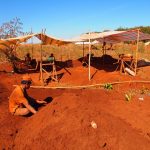
There is no large industrial-scale extraction of minerals carried out in Cambodia yet, but many exploration licenses have been granted and some mining companies have reported promising finds of minerals such as gold. Today companies from China, Korea, Vietnam, Australia and elsewhere are exploring for ...
Environmental impact assessments
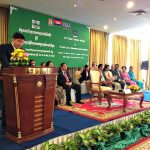
The primary legal requirements for environmental impact assessments (EIAs) in Cambodia are set out in Content II, Book V of the Environment and Natural Resource Code1, Chapter III of the Law on Environmental Protection and Natural Resource Management 19962(EPNRM Law), and the Sub-Decree no. 72 ...
Primary and secondary education
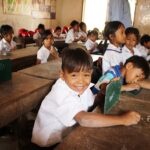
Article 68 of Cambodia’s Constitution states that the Government shall provide free primary and secondary education for all citizens and each individual shall pursue basic education for at least 9 years. Education is a fundamental engine of social and economic development for a country, especially ...
Biofuel crops
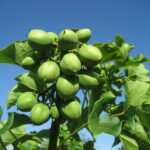
Biofuel crops have a significant potential for contributing to future energy requirements worldwide. Agricultural lands offer energy farming as an alternative to their usual role of food production. Biofuel crops are an environmentally valuable means of sustainable energy production.89 The demand for transport fuels in ...
Public land lease
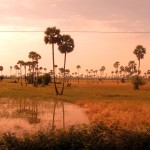
Public land leases are grants of state lands to private entities in the form of a contractual rental agreement. These leases often take the form of land concessions, in particular economic land concessions. They are often associated with land conflicts and disputes. ...
Land policy and administration
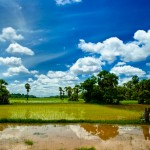
The Royal Government of Cambodia's land policy has three pillars: land administration, land management and land distribution. The objective of the country’s land policy is to facilitate the use and management of land and natural resources for socio-economic development in an equitable and sustainable manner. ...
Protected areas
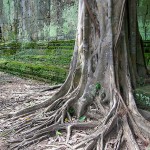
As Cambodia emerged from years of conflict, pressures grew on natural resources and sensitive areas. In response, a number of protected areas were created by royal decree in 1993 to protect ecologically and culturally important places. More detailed guidelines on managing the country’s protected areas ...
United States aid
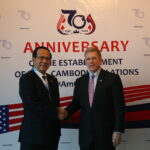
The United States of America (the US) is one of the biggest donors to Cambodia.143 144 The history of cooperation and relations between the two countries can be traced back to the early 1950s after Cambodia received full independence from France. In 1955, the first ...
Development policies and administration
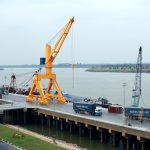
Products from Vietnam arrive at the Phnom Penh Autonomous Port in Kandal province. Photo by World Bank Photo Collection, taken on 23 February 2013. Licensed under CC BY-NC-ND 2.0The Comprehensive Cambodian Peace Agreement, commonly referred to as the Paris Agreement, is seen as the beginning ...
Judiciary and courts
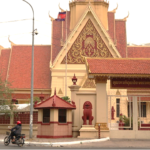
The judiciary is one of the three powers, together with the executive (the Government) and legislative (the National Assembly and the Senate), that constitute the state. 229 Its role is to monitor the application of the law and punish its violation. This power is vested ...
Asian Development Bank (ADB)
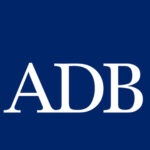
The Asian Development Bank (ADB) was established in 1966 which headquarter is in Manila and currently has 68 members under its institution. The ADB aims to assist members and partners by providing loans, technical assistance, grants, and investments to promote socio-economic development.277 The ADB has ...
Environment and natural resources
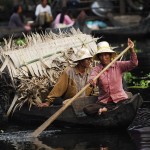
Around three quarters of Cambodia’s population depend on agriculture, forest products and fisheries for their livelihoods, so the management of the environment and natural resources is of great importance. Deforestation has occurred on a large scale. Cambodia lost six percent of its remaining primary forest ...
Aid and development
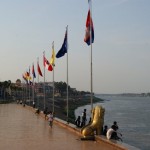
Following the Paris Peace Accords signed in October 1991, Cambodia has received a significant amount of global support for its development and post-conflict work. In 2014, 30 – 40 percent of the country’s national budget is funded through development assistance, placing Cambodia among the most ...
Land classifications
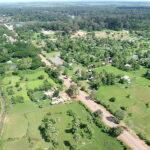
Land in Cambodia is divided into three classifications: private property, state private property and state public property. The distinction between state private property and state public property is essential to determining how state land is to be used. ...
Labor policy and administration
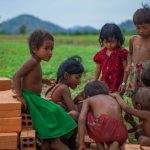
Children working with bricks, Cambodia. Photo by Sodanie Chea, take on 6 June 2013. Licensed under CC BY 2.0Cambodia has a total population of slightly over 15 million, most of whom are under the age of 30. An estimated 250,000 people enter the job market ...
Ministries and other national bodies
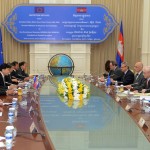
Nearly all of the ministries were established in 1995. A few ministries were only recently created in the post-2013 national election by a separation of one ministry into two. There are 28 government ministries and secretariats, and many national bodies. ...
Deforestration drivers
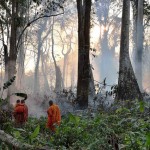
Deforestation has been one of the most significant changes the Cambodian landscape has undergone in recent decades. Key drivers of this process have been land concessions and subsequent land conversion, and large-scale illegal logging. ...
Patient rights
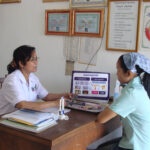
Access to quality healthcare is fundamental to enhancing citizens’ livelihoods and advancing towards more sustainable growth and development in countries all over the world. Along with increasing public demand for better health infrastructure and adequate access to healthcare services, many countries face the need to ...
Education policy and administration
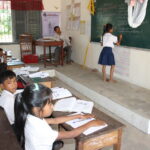
The Royal Government of Cambodia has continued its effort to reform the education sector at all levels. Over the years, policies and regulations have been enforced to improve education quality, accessibility, efficiency, effectiveness, inclusiveness, and transparency. Those policies and regulations include Education Strategic Plan 2019-2023, ...
Tourism
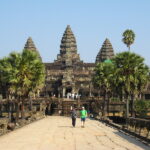
The Royal Government of Cambodia has acknowledged the potential of the tourism industry as a source of Cambodia’s socio-economy growth, including job creation and poverty reduction. Tourism has been considered one of Cambodia’s key economic pillars, both international and domestic. In the early 2000s, the ...



